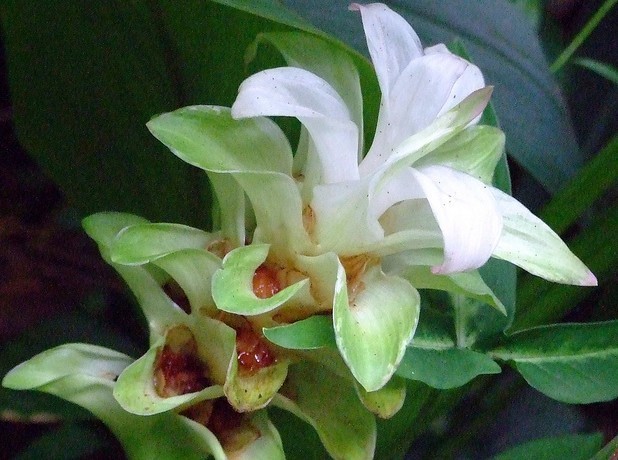Turmeric (Curcuma longa) is a rhizomatous herbaceous perennial plant of the ginger family, Zingiberaceae. It is native to tropical South Asia and needs temperatures between 20 °C and 30 °C (68 °F and 86 °F) and a considerable amount of annual rainfall to thrive.
Turmeric grows wild in the forests of South and Southeast Asia. It is one of the key ingredients for many Indian, Persian and Thai dishes such as in curry and many more. Ancient Indian medicine, Ayurveda has recommended its use in food for its medicinal value, much of which is now being researched in the modern day. Its use as a coloring agent is not of primary value in South Asian cuisine.
Turmeric contains up to 5% essential oils and up to 5% curcumin, a polyphenol. Curcumin is the active substance of turmeric and curcumin is known as C.I. 75300, or Natural Yellow 3. The systematic chemical name is (1E,6E)-1,7-bis(4-hydroxy-3-methoxyphenyl)-1,6-heptadiene-3,5-dione.
A unique collection of 52 natural compounds from Panax ginseng C. A. Mey.
A unique collection of 34 natural compounds from Catharanthus roseus (L.) Don
A unique collection of 22 natural compounds from Ziziphus jujuba Mill. var. inermis (Bunge) Rehd.
A unique collection of 66 natural compounds from Ganoderma lucidum (Curtis) P. Karst
A unique collection of 25 natural compounds from Glehnia littoralis
A unique collection of 26 natural compounds from Cinnamomon cassia
A unique collection of 22 natural compounds from Saposhnikovia divaricata (Turcz.) Schischk.





